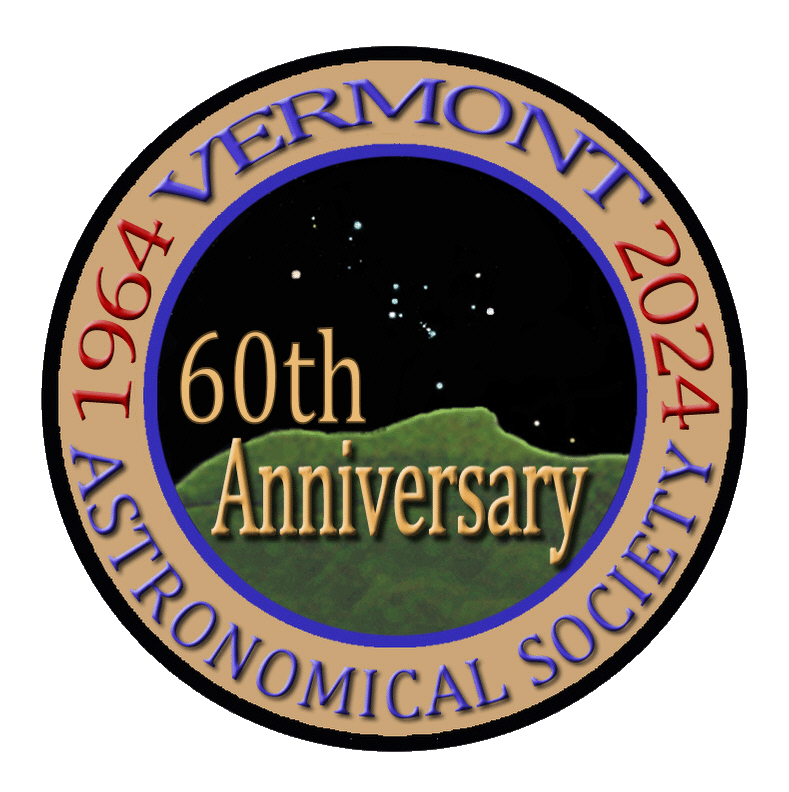I just HAD to see what ChatGPT did with an annotation. I was very impressed! Here it is (better than I could have ever said it and it took all of about 15 sec):
The Leo Triplet is a group of three interacting galaxies located in the constellation Leo, hence its name. The galaxies that comprise the Leo Triplet are Messier 65 (M65), Messier 66 (M66), and NGC 3628. These galaxies are relatively close to each other in space and are connected by gravitational interactions, which have shaped their current appearances.
-
Messier 65 (M65): M65 is a spiral galaxy situated about 35 million light-years away from Earth. It has a distinctive elongated shape and displays prominent spiral arms, albeit not as tightly wound as in other spiral galaxies. M65 is known for its active galactic nucleus, which indicates the presence of a supermassive black hole at its center. This galaxy exhibits ongoing star formation activity, as indicated by the presence of numerous bright blue stars.
-
Messier 66 (M66): M66 is another spiral galaxy located approximately 31 million light-years away from us. It is similar in structure to M65, featuring well-defined spiral arms that exhibit a more tightly wound appearance. M66 is also known for hosting an active galactic nucleus with a supermassive black hole at its core. Like M65, it showcases regions of star formation, particularly in its spiral arms.
-
NGC 3628: Also referred to as the Hamburger Galaxy or Sarah's Galaxy, NGC 3628 is an edge-on spiral galaxy positioned around 35 million light-years away. It is characterized by a prominent dust lane that extends across its equator, obscuring part of its central bulge. This dust lane gives NGC 3628 its distinctive "hamburger" shape. The galaxy's gravitational interactions with M65 and M66 have caused significant distortions in its shape, including the stretching of its spiral arms.
The Leo Triplet is an excellent example of a galaxy group undergoing gravitational interactions. The interactions between these three galaxies have influenced their shapes and triggered the formation of new stars. The presence of active galactic nuclei in M65 and M66 indicates that these galaxies harbor supermassive black holes, which can affect their evolution over time.
Observationally, the Leo Triplet is a popular target for amateur and professional astronomers alike. Its relatively close proximity to Earth and the distinctive features displayed by each galaxy make it an intriguing subject for study. Additionally, the Leo Triplet serves as a valuable laboratory for investigating the processes and consequences of galactic interactions, shedding light on the evolution of galaxies in general.
Capture Date: 4/8/23
Askar 107PHQ
ASI2600MC Pro (OSC camera)
ZWO AM5 mount with guiding via ASIAir Plus using an ASI178mm mini and a 60mm F4 guide scope
Light Frames [Total Exposure 3:05] - Antlia Triband Ultra RGB filter -- 300s x 37 frames
All light frames calibrated with dark, flat, and bias frames
Pre- and post-processed in PixInsight
Additional post-processing in Photoshop for exposure adjustments and generation of jpeg
Fabulous capture Greg. Good details and colors. A good set of galaxies for galaxy season.
terri
@terri Thanks, Terri! For once, I think the image turned out a little better than I expected. Amazing that these beauties are just smudges when we observe them visually. Technology is wonderful!
Greg
Yes, very nice rendition. And they look so much bigger in pictures than in person!
As you know it is hard to render the faint outer parts of galaxies, especially ones like NGC 3628 even with a lot of total exposure. I also know that you know, making the background a dark gray rather than black, makes all the difference in the world. And in the world of galaxies. You have a good balance with your background darkness.
And thank you for all that info on the galaxies. I know it's a lot of extra work. Or maybe you got that from ChatGPT.
@pwalker Thanks, Paul! Can't make any claim to the great description - it was all ChatGPT. 😊 I have to say, coming from a science/biology background I keep wanting to write 'ChatGTP' (Guanosine Triphosphate, GTP) and have to double check myself each time I write ChatGPT!
I processed these quite a while ago but I seem to remember thinking, being enamored really, about how an inky black background made galaxies, especially colorful bright ones, stand out like islands in a sea of black. It was quite hard not to make the background darker!
Thanks again!
Greg
Well, you can always make 2 (or more versions)! Seldom is there just one "best" result.

